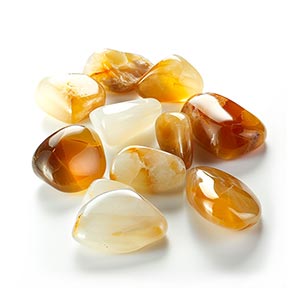White Amber, a prized ingredient in perfumery, is renowned for its warm, resinous, and slightly sweet aroma. It is not amber in the traditional sense but a modern interpretation, often created synthetically to mimic the warmth and depth of natural amber. White Amber adds a smooth, creamy, and luxurious quality to fragrances, often used as a base note to provide depth and longevity. It has a rich history in perfumery, where it has been used for centuries to add warmth and sensuality to fragrances. The use of White Amber is particularly common in Oriental and Woody fragrance families, where its warm and enveloping scent complements spices, woods, and other resinous notes. Its versatility also allows it to be used in softer, more floral compositions, adding a rich base without overwhelming the lighter top and heart notes.
Natural or Synthetic?
The scent of White Amber in perfumery is achieved using synthetic compounds because natural amber, being a fossilized tree resin, does not yield an essential oil or absolute. Synthetic molecules such as ambroxan or labdanum-like compounds are used to recreate the characteristic warm, sweet, and resinous scent of amber. These synthetic versions are preferred for their consistency, versatility, and ethical sourcing compared to actual amber, which is a non-renewable resource.
Fragrance Families White Amber Most Commonly Found In
Show fragrances that contain White Amber as a note



